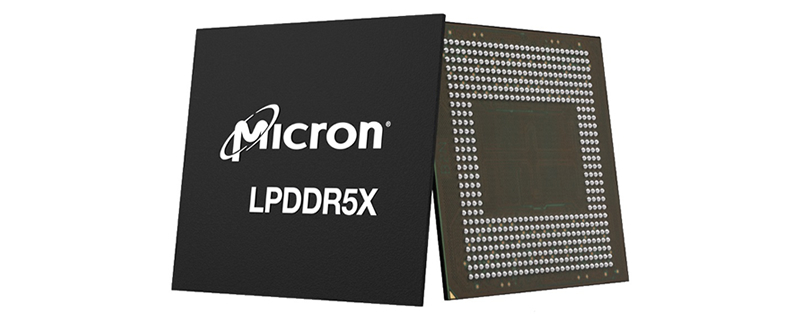- Posts
- 5,329
- Reaction score
- 8,520
IIUC, latency is difficult to estimate because it depends on a complex set of timings. But, FWIW, in 2021 Micron claimed that, under "heavy loading", its 7500 MHz LPDDR5x would offer a 20% latency reduction over 5500 MHz LPDDR5. I don't know what the corresponding reduction would be if Apple goes to 8533 MHz LPDDR5x from its current 6400 MHz LPDDR5, or how much that would impact any latency bottleneck present in the current design. [Though that change would give a 8533/6400 – 1 = 33% increase in bandwidth.]
View attachment 26103
Micron becomes the first to validate its LPDDR5X memory, promising performance and latency benefits - OC3D
Micron promises performance and latency benefits with its LPDDR5X memory Micron Technology has become the first memory provider to validate its LPDDR5X memory technology, using MediaTek’s new Dimensity 9000 5G flagship smartphone SOC to do so. Right now, Micron is set to be first to market...overclock3d.net
What matters is the latency as seen by the CPU core. On average it will be nothing close to the RAM timing, because of caches. After all, that‘s the point of caches. So if memory gets 20% faster but your cache hit rate goes down by 40%, you aren’t helping yourself. So I tend to look at the memory subsystem holistically, taking into account page faults, cache misses, the different levels and sizes of cache (each with their own latencies and bandwidth), etc.


